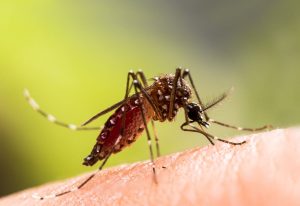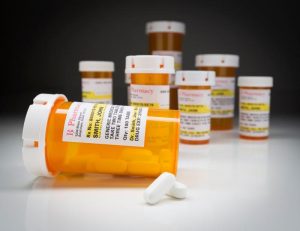Getting toys for some of the tots in your life this holiday season? Experts at Penn State Health offer tips on making safe choices.
Each year, about 200,000 U.S. children end up in the emergency room with a toy-related injury, ranging from poisoning to choking hazards, according to Jen Lau, program manager of Pediatric Trauma and Injury Prevention at Penn State Health Children’s Hospital in Hershey, Pa.
“Not all toys are safe,” said Dr. Mary Catherine Santos, a pediatric surgeon at the hospital. “We see problems with children requiring surgery or having traumatic injuries from toys where the child isn’t supervised or the toy is given to a child of the wrong age.”
Among the biggest concerns are button batteries or magnets.
If ingested, magnets may be attracted to each other internally, causing perforation, twisting or blocking of the intestines and infection. Surgery may be required.
“Toddlers instinctively explore by putting things in their mouth,” Lau said. “It’s developmentally what they do. And button batteries are literally life-threatening.”
Danger also lurks in holiday cards that play music and have moving parts. They can be easily taken apart, exposing dangerous batteries.
“We’ve seen death because of it,” Lau said in a Penn State news release.
Here are more ways to keep your child safe:
Inspect all new toys. Pay attention to labels ― including age guidelines, small parts and non-toxic indicators. Make sure battery compartments are secure and can’t be opened. Keep potentially unsafe toys belonging to older children away from younger siblings.
Follow age recommendations on toy labels. These are determined based on the developmental skills and abilities of children at a given age as well as the toy’s specific features. Toys labeled for age 3 years and up may contain small parts that can be choking hazards. Fidget spinners that have small removable parts are choking hazards.
Shop carefully. Only buy toys from reputable sellers and known brands. Counterfeit toys are unlikely to comply with strict toy safety laws. Check product reviews and photos when buying online. One red flag is few or mostly negative reviews. Poorly photoshopped pictures, typos or spelling errors in the description are another clue the product could be illegitimate.
Do a careful inspection. Check the product and packaging to be sure parts aren’t damaged. Damaged parts could become a choking hazard.
Check expert sources. Playsafe.org includes toy safety tips and safe toy buying guides. Its recalls section sometimes offers information before stores have removed recalled toys from shelves. World Against Toys Causing Harm releases an annual list of the “10 Worst Toys,” which can provide important information.
Stuffed toys or pillows can be dangerous. They should never be placed in an infant’s crib due to potential suffocation.
Know these numbers. If you suspect your child has ingested a potential toxic substance from a chemistry set, call Poison Control at 1-800-222-1222. You can report an unsafe toy to the U.S. Consumer Product Safety Commission through the agency’s hotline at 1-800-638-2772.
“It happens when you’re not watching,” Santos said. “There is no substitute for supervision and present parenting.”
More information
The U.S. Consumer Product Safety Commission has more on child safety.
SOURCE: Penn State Health, news release, Dec. 1, 2022
Copyright © 2024 HealthDay. All rights reserved.

-300x200.jpeg)









-300x241.jpeg)




